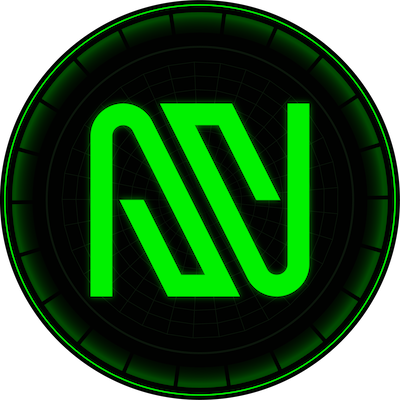-
 bitcoin
bitcoin $108842.957301 USD
-1.88% -
 ethereum
ethereum $3931.777121 USD
-1.66% -
 tether
tether $1.000186 USD
-0.03% -
 bnb
bnb $1153.250882 USD
-2.20% -
 xrp
xrp $2.367904 USD
-1.94% -
 solana
solana $186.182050 USD
-4.20% -
 usd-coin
usd-coin $0.999997 USD
0.00% -
 tron
tron $0.316949 USD
-1.00% -
 dogecoin
dogecoin $0.190780 USD
-3.12% -
 cardano
cardano $0.651324 USD
-2.67% -
 hyperliquid
hyperliquid $37.141055 USD
-0.85% -
 ethena-usde
ethena-usde $0.999224 USD
-0.09% -
 chainlink
chainlink $17.579031 USD
-2.47% -
 bitcoin-cash
bitcoin-cash $509.426284 USD
-2.79% -
 stellar
stellar $0.315298 USD
-2.93%
How do I view my Trezor device storage information?
Trezor devices securely store cryptocurrency keys in a protected chip, not for file storage, with data accessible via Trezor Suite for wallet management and transaction signing.
Oct 13, 2025 at 09:18 am
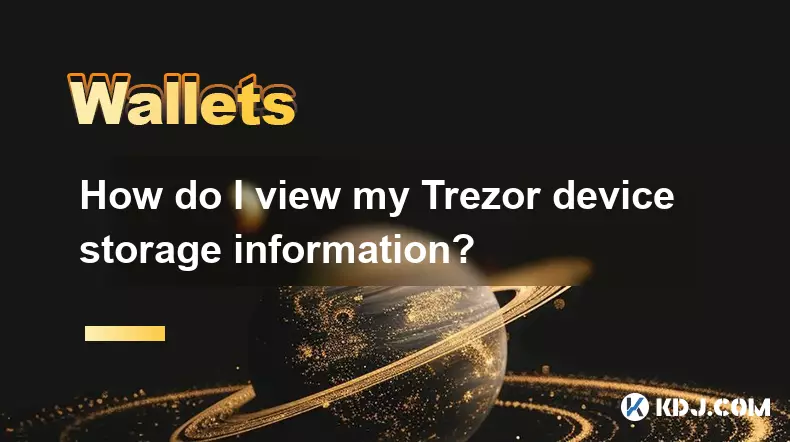
Understanding Trezor Device Capabilities
1. Trezor devices are hardware wallets designed primarily for securing cryptocurrency private keys, not for general file storage like traditional USB drives.
- These devices do not have user-accessible storage in the conventional sense; they store cryptographic keys and wallet configurations within a secure element.
- The firmware handles all data related to wallet access, including PINs, passphrases (if used), and account metadata, but this information is encrypted and isolated.
- Users cannot browse or manage files on a Trezor as they would on a typical storage device because it operates as a dedicated security module.
- Any interaction with stored data occurs through compatible wallet interfaces such as Trezor Suite, which communicates securely with the device via signed transactions.
Accessing Wallet Data Through Trezor Suite
1. To view information tied to your Trezor, connect the device to your computer using the provided USB cable and navigate to https://suite.trezor.io.
- Once connected, Trezor Suite displays wallet balances, transaction history, and supported cryptocurrencies based on the accounts you’ve added.
- The interface retrieves blockchain data from online servers, not directly from the device’s internal memory, meaning what you see reflects network records linked to your public addresses.
- You can review account labels, derivation paths, and recovery seed status directly within the app, giving insight into how your keys are organized.
- While the device itself doesn’t expose raw storage details, Trezor Suite offers transparency about active accounts and their associated data without compromising security.
Checking Firmware and Device Status
1. Within Trezor Suite, go to the 'Settings' section to find real-time device information such as model type, firmware version, and serial number.
- This area also shows whether your device is passphrase-protected, if a backup was created, and if safety checks like auto-lock timers are enabled.
- Firmware updates are delivered through this interface, ensuring that the underlying software managing key storage remains current and secure.
- A health check feature verifies that no unauthorized changes have been made to the device's configuration since setup.
- Although these features don’t reveal storage capacity or file listings, they confirm the integrity of the environment where your cryptographic assets are managed.
Frequently Asked Questions
Can I see how much memory my Trezor uses?No. Trezor does not provide metrics on memory usage. It stores only essential cryptographic data, optimized to fit within its secure chip. Users do not need to monitor memory consumption as it is handled automatically by the firmware.
Is there a way to export data stored on my Trezor?The private keys themselves cannot be exported due to security design. However, you can back up your wallet using the 12- or 24-word recovery seed during initial setup. This seed allows restoration on any compatible device but should never be digitized or shared.
Does connecting my Trezor to third-party wallets affect its internal data?Connecting to external platforms like MetaMask or Electrum does not alter the data stored on the Trezor. These integrations use the device for signing operations only, keeping private keys isolated while enabling broader functionality across decentralized applications.
Disclaimer:info@kdj.com
The information provided is not trading advice. kdj.com does not assume any responsibility for any investments made based on the information provided in this article. Cryptocurrencies are highly volatile and it is highly recommended that you invest with caution after thorough research!
If you believe that the content used on this website infringes your copyright, please contact us immediately (info@kdj.com) and we will delete it promptly.
- ICO Revival: Structured Investment vs. Speculative Frenzy in 2025
- 2025-10-17 16:25:17
- Ripple Labs, XRP, and $1 Billion: A Bold Bet on the Future of Digital Asset Treasuries
- 2025-10-17 16:25:17
- Dogecoin, Musk, and Price Predictions: A NYC Perspective
- 2025-10-17 17:05:16
- Bitcoin, Gold, and the Rally Race: Will BTC Shame Gold's Shine?
- 2025-10-17 16:45:14
- Dai Stablecoin: Navigating Crypto Turmoil and Maintaining the $1 Peg
- 2025-10-17 17:05:16
- COAI Price Soaring: Profit or Just a Mirage?
- 2025-10-17 16:30:01
Related knowledge
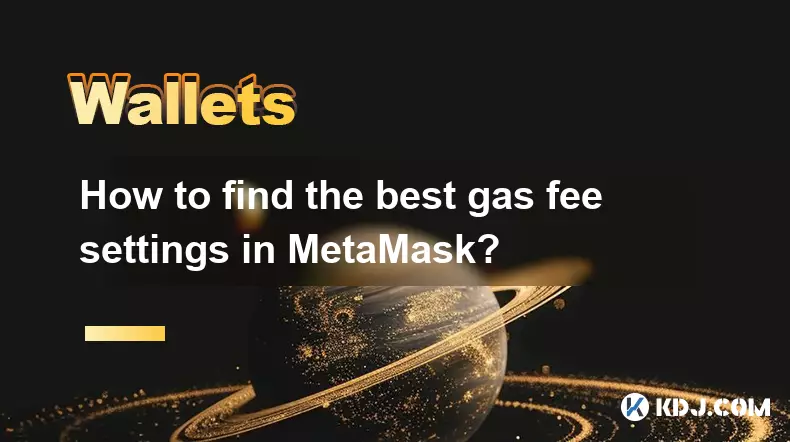
How to find the best gas fee settings in MetaMask?
Oct 17,2025 at 05:54pm
Understanding Gas Fees in MetaMask1. Gas fees are payments made by users to cover the computational energy required to process and validate transactio...
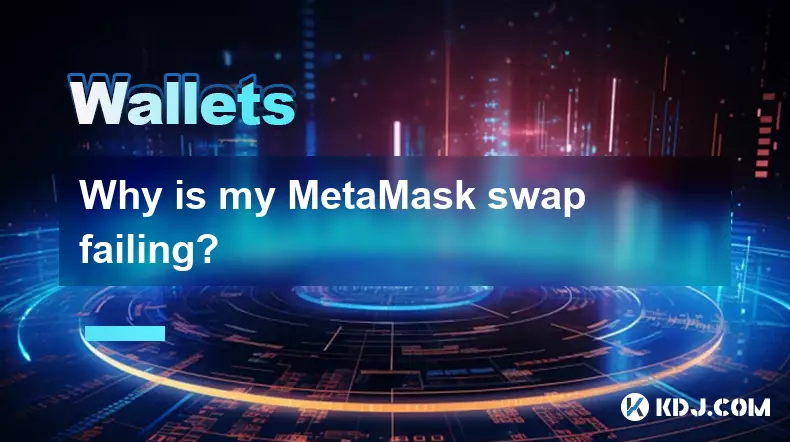
Why is my MetaMask swap failing?
Oct 17,2025 at 04:01am
Common Reasons for MetaMask Swap Failures1. Insufficient gas fees – Transactions on Ethereum and other EVM-compatible blockchains require gas to execu...
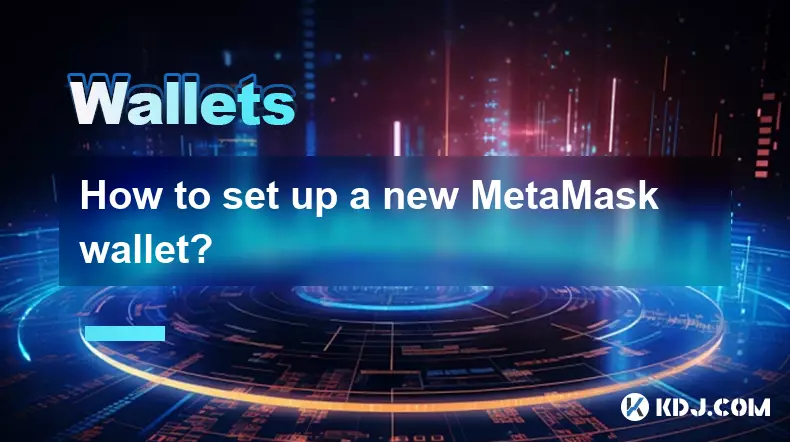
How to set up a new MetaMask wallet?
Oct 16,2025 at 11:37pm
Creating a New MetaMask Wallet1. Navigate to the official MetaMask website or download the MetaMask extension from your browser’s web store. Supported...
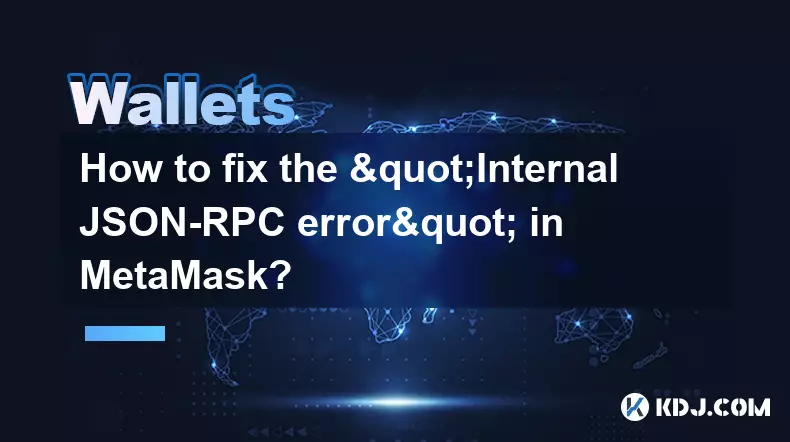
How to fix the "Internal JSON-RPC error" in MetaMask?
Oct 17,2025 at 08:00am
Understanding the 'Internal JSON-RPC Error' in MetaMask1. The 'Internal JSON-RPC error' is a common issue encountered by users interacting with decent...
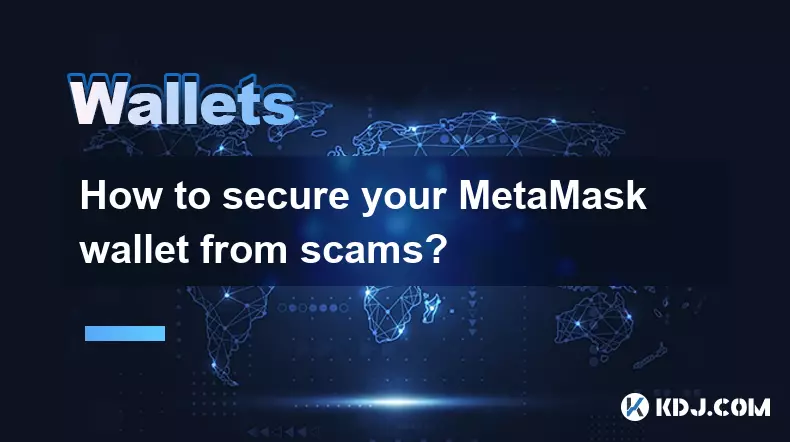
How to secure your MetaMask wallet from scams?
Oct 17,2025 at 02:55pm
Understanding Common MetaMask Scams1. Fake phishing websites are one of the most prevalent threats to MetaMask users. These sites mimic legitimate pla...
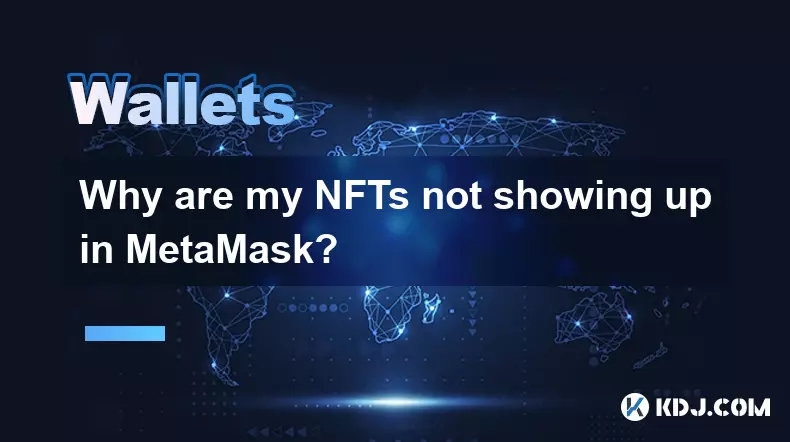
Why are my NFTs not showing up in MetaMask?
Oct 17,2025 at 09:00am
Understanding Wallet Connectivity and NFT Display Issues1. MetaMask functions as a non-custodial wallet that connects to various blockchains, but it d...

How to find the best gas fee settings in MetaMask?
Oct 17,2025 at 05:54pm
Understanding Gas Fees in MetaMask1. Gas fees are payments made by users to cover the computational energy required to process and validate transactio...

Why is my MetaMask swap failing?
Oct 17,2025 at 04:01am
Common Reasons for MetaMask Swap Failures1. Insufficient gas fees – Transactions on Ethereum and other EVM-compatible blockchains require gas to execu...

How to set up a new MetaMask wallet?
Oct 16,2025 at 11:37pm
Creating a New MetaMask Wallet1. Navigate to the official MetaMask website or download the MetaMask extension from your browser’s web store. Supported...

How to fix the "Internal JSON-RPC error" in MetaMask?
Oct 17,2025 at 08:00am
Understanding the 'Internal JSON-RPC Error' in MetaMask1. The 'Internal JSON-RPC error' is a common issue encountered by users interacting with decent...

How to secure your MetaMask wallet from scams?
Oct 17,2025 at 02:55pm
Understanding Common MetaMask Scams1. Fake phishing websites are one of the most prevalent threats to MetaMask users. These sites mimic legitimate pla...

Why are my NFTs not showing up in MetaMask?
Oct 17,2025 at 09:00am
Understanding Wallet Connectivity and NFT Display Issues1. MetaMask functions as a non-custodial wallet that connects to various blockchains, but it d...
See all articles



















